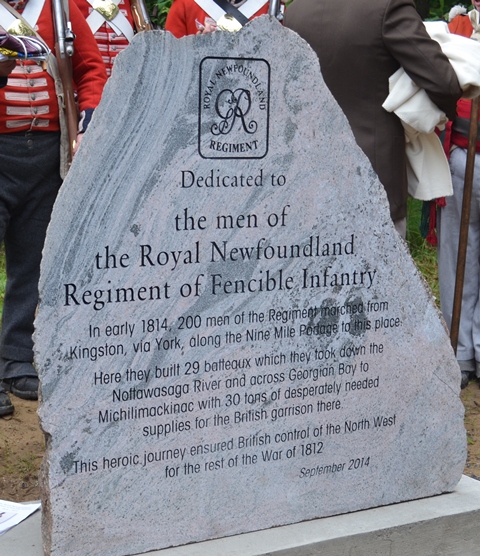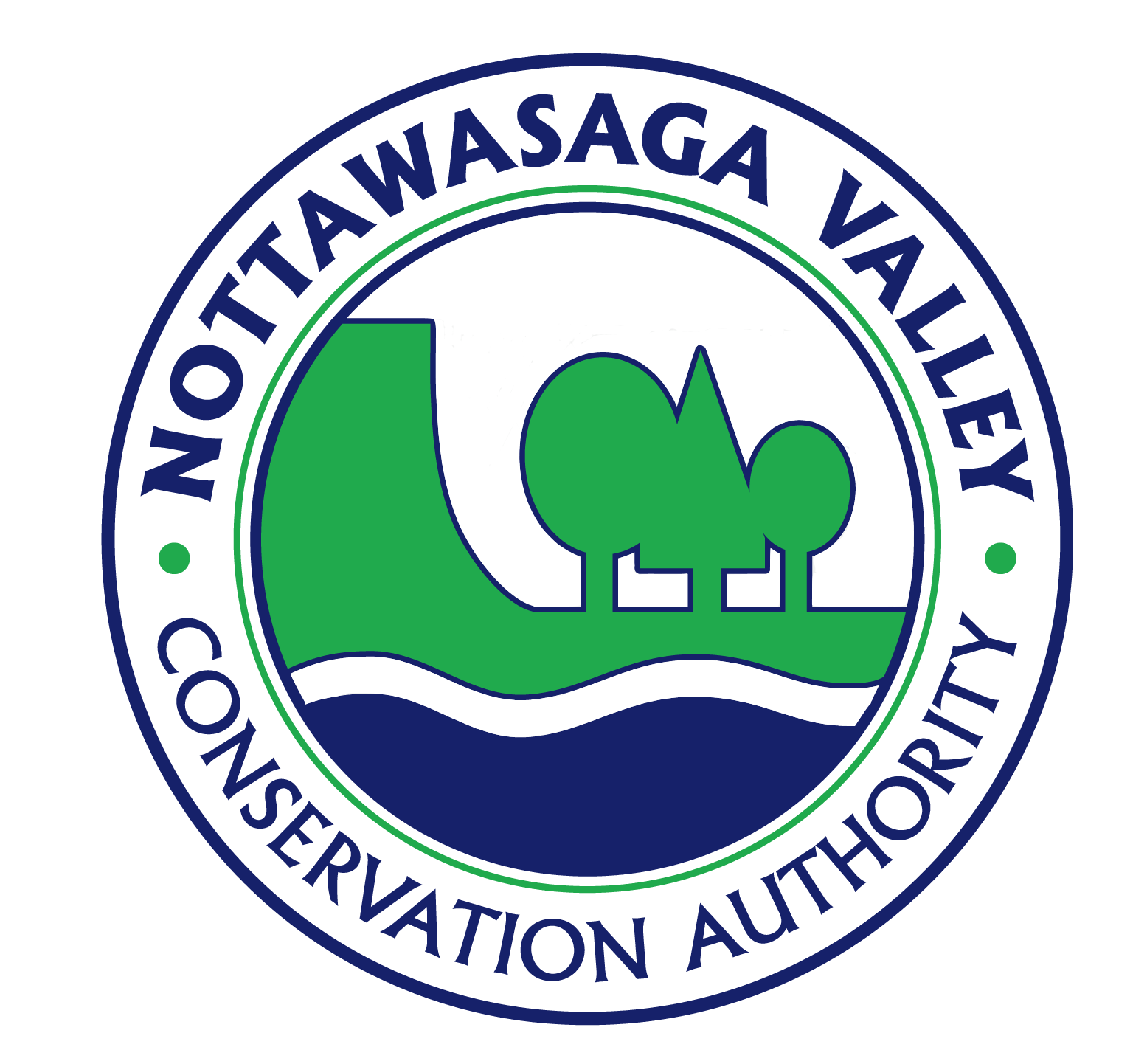
The history of Fort Willow is closely linked to the Nine Mile Portage from Kempenfelt Bay to the Willow Creek, for which it was the northwestern terminus. Originally developed by the First Nations as a travel and trade route, the portage was used by the French explorers and missionaries, and was employed extensively by the fur trade.
During the war of 1812 between Britain and the United States, the Nine Mile Portage was improved by the British. It became a vital link in the supply and communications chain connecting their forces on the Upper and Lower Great Lakes, and was part of the Nottawasaga Route, as it was known. Fort Michilimackinac, near Sault Ste Marie, was supplied via this, providing crucial support for First Nations and British control of the northwest of the continent and the fur trade.
Following the war, use of the route reached its peak, with literally tons of supplies and troops moving west through Fort Willow to supply the new establishments at Penetanguishene and Drummond Island. Pioneer settlers passed this way, as did the explorers David Thompson and John Franklin.
These excerpts are from "The Story of Fort Willow and the Nine Mile Portage" by Keith HJ Bacon, Fort Willow Improvement Group, March 2000.
Long-used as a trading route by First Nations people and then serving as a critical supply depot during the War of 1812, Willow Depot, present day Fort Willow, played a significant role in the development of both our region and our nation.
Fort Willow and the Nine Mile Portage have been recognized by the Ontario Heritage Trust as a site of provincial historical significance, and by Parks Canada as a National Historic Site.
 In 2014, the Friends of Fort Willow and the NVCA unveiled a memorial recognizing the heroic contributions of the men of the Royal Newfoundland Regiment of Fencible Infantry to the War of 1812.
In 2014, the Friends of Fort Willow and the NVCA unveiled a memorial recognizing the heroic contributions of the men of the Royal Newfoundland Regiment of Fencible Infantry to the War of 1812.
During the winter and spring of 1814, the Royal Newfoundlanders stationed at Fort Willow constructed 29 batteaux, a type of shallow-draft, flat-bottomed cargo boat. These boats were used to convey 30 tons of supplies down the Nottawasaga River and across Georgian Bay to British posts in the North West. With the Lower Great Lakes controlled by American forces at the time, these supplies provided the beleaguered troops stationed at Fort Michilimackinac with much needed relief.
The memorial acknowledges the dedication and sacrifice of the 200 men that made this daring journey and helped ensure British control of the North West for the rest of the war.
One of the members of the Friends, Trevor Carter, is a licenced archaeologist with the Ontario Ministry of Culture and a high school teacher at St. Joseph's High School in Barrie.
Trevor and his students have undertaken several digs at the Fort Willow site. Learn more about the past digs and the artifacts and information they have gathered here.
